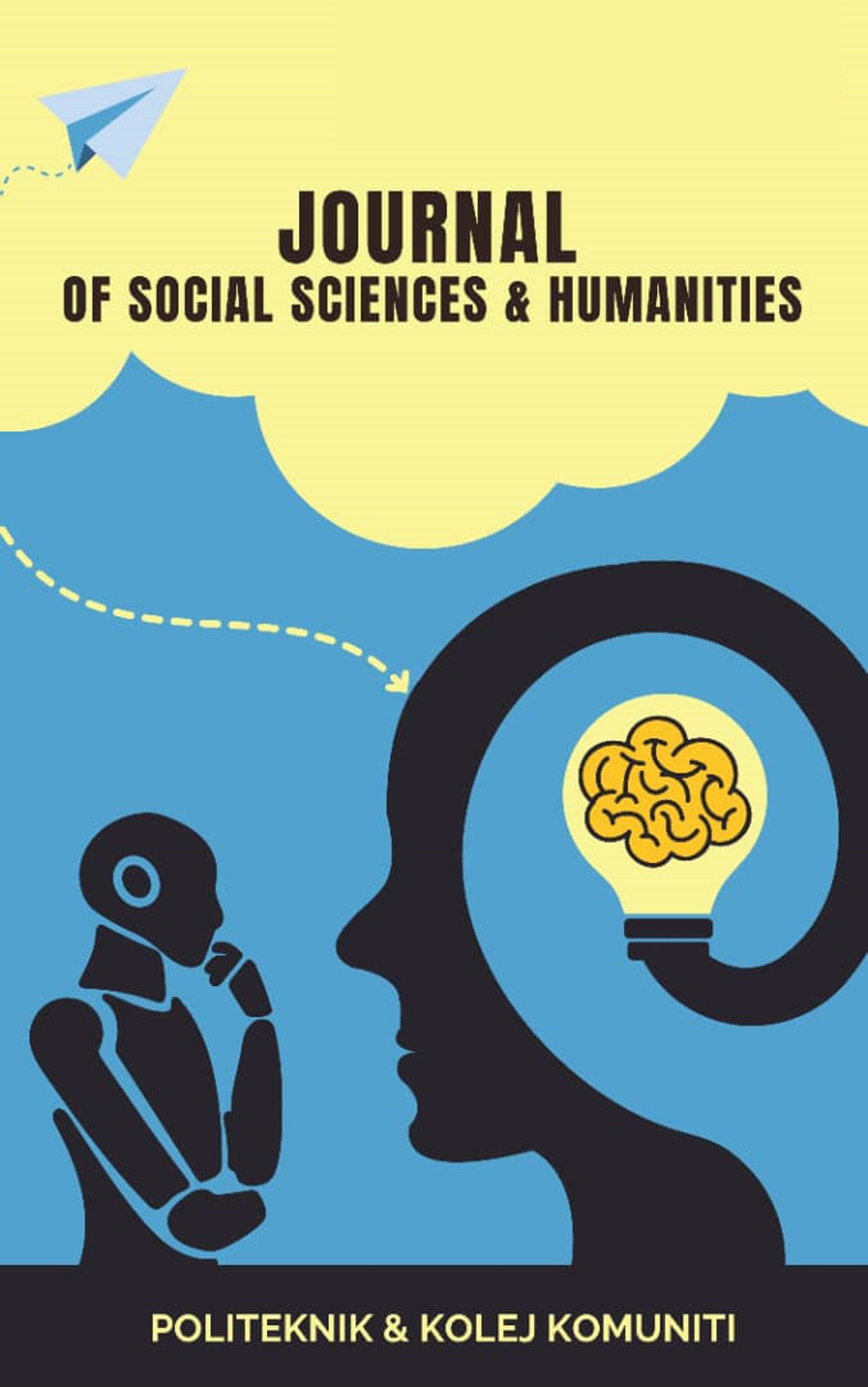Augmented Reality in Green Promotion: Community College Students' Attitudes and Interest
Keywords:
Augmented Reality (AR); Influences; Perception; Promotional; SPLK.Abstract
In today's digital landscape, augmented reality (AR) applications are increasingly used as promotional tools. This study investigates the perceptions of students at Kolej Komuniti Bagan Datuk (KKBgD) regarding the Smart Promotion and Learning Kit (SPLK) application. It compares the views of students in the Computer Systems and Networking Certificate (SSK) program with those in the Motorcycle Maintenance Certificate (SVM) program and explores whether the SPLK application influences student interest. Using a mixed-methods research design, the study involved 74 KKBgD students, employing questionnaires and semi-structured interviews for data collection. Quantitative data were analyzed through descriptive statistics and t-tests using SPSS version 26, while qualitative data were examined thematically. The results indicate that KKBgD students have positive perceptions of the SPLK application, particularly in terms of User Interface (UI), User Experience (UX), Accessibility, and Perceived Effectiveness. While no significant differences were found between SSK and SVM students regarding UI, UX, and Accessibility, a significant difference was noted in Perceived Effectiveness. Interview findings corroborate these results, highlighting that the SPLK application enhances students' understanding and interest compared to traditional promotional methods. Overall, KKBgD students view the SPLK application favorably, recognizing its effectiveness in improving comprehension and engagement. This study offers valuable insights for enhancing the SPLK application’s development as a promotional tool at KKBgD and provides guidance for utilizing AR in marketing strategies within educational institutions.
Downloads
Published
How to Cite
Issue
Section
License
Copyright (c) 2024 Politeknik & Kolej Komuniti Journal of Social Sciences and Humanities

This work is licensed under a Creative Commons Attribution-NonCommercial-NoDerivatives 4.0 International License.





